I regularly swing by Dan Gray’s Aviation F/X, a custom fab shop that specializes in BD-5s, turbine Legends, Questair Ventures, and other experimental exotica at the opposite end of the airfield here at Santa Paula (California) Airport. There is always something interesting to study. A couple years ago, a new denizen arrived: a Harmon Rocket with a Mazda rotary surrounded by a spaghetti nest of tubes, lines, wires, gigantic radiators, and other goodies. The story was that this was one Australian man’s dream to set the absolute time-to-climb (TTC) record. I’ll admit, it looked a bit too experimental. KITPLANES discussed doing an article at the time, but my general rule is not to write about stuff that hasn’t actually flown, so I suggested we wait and see.
Well, the wait was worth it: On April 19, 2018, Dan Gray set a new category (C-1b) and absolute time-to-climb record of 1 minute, 40 seconds.
The time to climb to 10,000 feet (actually 3000 meters), along with the 3-kilometer speed record, are the two most prestigious records in any class record attempt. And the absolute record—i.e., the record regardless of weight class—is held in both categories by Rare Bear, although this statement requires a bit of clarification.
Lyle Shelton’s Rare Bear, shown here in 2007, set the (now retired) absolute time-to-climb record of 91.9 seconds in 1972. The record still stands. (Photo: Don Sleeter [Public domain], from Wikimedia Commons)
Lyle Shelton’s absolute speed record of 528 mph, set with Rare Bear in 1989, was broken last year by Steve Hinton in the P-51 Voodoo at 531 mph (see “Twilight of a God,” July 2018). However, the FAI (the body that certifies records) “retired” Shelton’s record after changes to the sporting code. In addition, new records are required to exceed the current record by a 1% margin, which Voodoo failed to do. So, we all know that Voodoo is faster, but the title “absolute” would be considered debatable by some.
Rare Bear also holds the absolute piston time-to-climb record of 91.9 seconds, but this record has also been retired, so you can’t officially break it. However, unlike the 3-kilometer record, the fact that the TTC record was already “retired” hasn’t felt like a problem because it didn’t seem like anyone was ever going to get anywhere near it anyway. The most recent official record was held by a Reno-prepped 700-hp Lancair at 119.5 seconds. In the TTC world, that’s not even close. So there was a general feeling that Rare Bear’s TTC was essentially unassailable.
Well maybe not, it turns out. The absolute speed record is all about power—or rather, a power package. Weight is much less of a consideration. On the other hand, the TTC is all about the power-to-weight ratio. When Rare Bear set its 91.9 second TTC, that ratio was roughly 1:2—about 3500 hp for 7000 pounds takeoff weight. You can see why the Lancair, with a ratio closer to 1:3, just couldn’t compete.
However, Russ MacFarlane, the inspiration and financial backer of the project (and his son Eric, who oversaw it in America), could see an engine/airframe package that would compete. The Harmon Rocket, while not as fast as its plastic brethren, is actually quite light as airframes go. Typical weight is about 1200 pounds with a 250-hp IO-540 up front. That’s a power-to-weight ratio of about 1:5, but given that the Reno racers typically mod these engines up to 600+ hp, that necessary 1:2 ratio suddenly looks doable. However, Russ wasn’t interested in a Lycosaur. He was interested in…Zoom-Zoom!
Time-to-climb team, L to R: Eric MacFarlane, Maurizio Perissinotto, Kelly Vogel, Courtney Boyce, and Dan Gray. Not present were Nils Castillo and Paul Lamar.
Modifying the Mazda
The Mazda rotary seems to cast a spell on its fans (aka “rotorheads”) in a way that no other auto conversion for experimentals has. While no conversion is simple, it’s fair to say that rotary-powered experimentals have proven to be one of the most successful forms of auto conversion powerplants. They are robust, and installed power and weight is comparable to aviation engines. On the downside, rotaries are inherently less fuel efficient than piston engines and, in aviation applications, require a propeller speed reduction unit (PSRU) since the crank can spin at more than 10,000 rpm full tilt. Most importantly, rotaries perform great with boost. This is an essential piece of the TTC puzzle since it allows large increases in the power-to-weight ratio and addresses the problem of decreasing power with altitude faced by normally aspirated engines.
The team hired by the MacFarlanes consisted of Dan Gray, project lead and record-setting pilot; Courtney Boyce and Kelly Vogel, fabricators; Paul Lamar, engine consultant; Nils Castillo, engine tuner; and Maurizio Perissinotto, media producer. The engine was initially built and dyno’d by Racing Beat of Anaheim, California, but required significant further work to prep for flight.
Gray immediately identified five major issues in prepping N266HP (it doesn’t seem to have been christened otherwise) for the TTC: PSRU, electronics/sensor management, cooling, water injection, and turbocharging.
Yes, there’s a rotary in there, but it’s hard to see. Here are some of the major components: ➊ Mazda 13B/Bell 47 helicopter speed reduction unit, ➋ Garrett turbocharger, ➌ Paul Lamar-designed twin bypass radiator with entry and exit diffusers, ➍ Catto 84×66 prop.
“We took the engine way too soon from Racing Beat,” says Gray. “It still had a lot of issues. First issue: They had already gotten ahold of a Bell 47 helicopter gearbox, and Paul Lamar designed some isometric dampers that worked real well. So we adapted a flex coupling, got that all working, but then the first problem we had with the engine was the whole wiring mess.”
Racing Beat gave the team the test stand’s Motec wiring harness, a “rat’s nest” of ignition, fuel, sensors, data logging, turbo, and lambda (mixture) controls—essentially an ECU for racing engines. “We didn’t know where to start with this thing; we’ve installed electronic ignitions in airplanes, but we didn’t know scat about this. So we called Motec, asking if they had a guy who could help sort this out. They said ‘No, but we’ve got a dealer out your way somewhere in a little town called Santa Paula…'” laughs Gray. Nils Castillo joined the team and quickly got the wiring squared away.
The major components of a rotary engine: end housings (black), rotary housings (blue), crank, and twin rotors.
Next, the team considered the various systems they would need to support the power output reported on the dyno. First off was an oil cooling system, as the rotary sheds about one-third of its heat through the oil. The system suggested by Racing Beat involved a radiator, anti-froth return tanks, and a whopping four gallons of oil. Surprisingly, as discussed below, cooling proved to be a non-issue for this engine, and the oil radiator ended up being removed. Gray points out that “We’re still carrying way more oil than was necessary for a two minute flight, but it did allow us to not worry about oil temps. I’ve had it up to 190 F, but that’s about it. So that was never a problem.”
Paul Lamar then came up with the giant coolant radiators beneath the engine. “I get the engine temps up to around a little over 200 F at the hottest, which is really nothing. So we never had to worry about that. I think we could have made the radiator half that size and gotten away with it,” notes Gray.
Racing Beat also suggested a water injection system. This system had a tank and pumps, with output controlled by the ECU. “It was a very complicated system. We’d tune it, I’d go fly the airplane, it wouldn’t work…it was just a problem from day one,” says Gray. “Then we talked to some racing guys and found out that since we are measuring temps at the inlet manifold, we’re not taking into account the fuel going into the motor. And we are burning pure methanol, which cools the charge much better than water. And we were only putting in half a quart of water during the climb anyway; it wasn’t making any difference. Then we noticed on a couple flights that when I turned the water on, it actually ran worse.”
Local racers suggested they get rid of the injection system, which the team was more than happy to do—it came off just before the record flight, saving a significant amount of weight. Methanol corrodes aluminum, so the engine is run on avgas for a few minutes to clear the lines after each flight.
Secret Sauce
Methanol is, in a sense, the secret sauce for this project. It only has about half the BTUs per pound as gasoline, but the stoichiometric air-to-fuel ratio for gasoline is 14.7:1, whereas for methanol it is 6.4:1. For max power, those ratios are about 12.5 and 4, respectively. This means that per pound of air (remember, engines are essentially air pumps), methanol-fueled engines produce about 60% more power.
But it is when coupled with a turbo that methanol really shines: The latent heat of vaporization (i.e., how much the fuel cools the air charge as it vaporizes) is 3.3 times greater than gasoline. This greater cooling effect is multiplied by dumping three times as much fuel per unit of air as gasoline, which results in over 10 times as much charge cooling by methanol than gasoline. This is why the team had few problems with cooling, and in fact did not even run an intercooler on the turbo; the methanol itself provided much of the charge cooling.
Side view of crossflow radiator sandwiched between the wedge diffuser (top) and louvered exit (bottom).
To top it all off, methanol has an octane rating of about 110 and is highly resistant to detonation. So whereas gasoline-fueled turbocharged recips typically are forced to retard timing (which hurts power), methanol-powered turbocharged engines are very tolerant of advanced timing and high compression ratios/manifold pressure.
This isn’t to say that methanol isn’t without its disadvantages: The approximately 500 hp the rotary was putting out for the TTC resulted in a fuel flow of about 190 gallons per hour, so fuel weight and tank volume were an issue. Methanol is also extremely hydrophilic, absorbing water readily from the atmosphere, so open time of tanks must be limited. On the safety side, methanol is quite poisonous and is absorbed directly through the skin. A fuel spill in a crash, even if it does not result in a fire, is a serious concern. And when methanol does burn, there is no visible flame, which can also be a hazard.
It’s Always Something
“The turbo was problematic,” said Gray. The team had to replace compressors twice due to FOD (foreign object damage). In addition, the GT40 turbo was not sized correctly (Lamar pointed out that it was at least durable—if not efficient—which is certainly a legitimate design consideration), so in addition to the pop-off valve, a bypass tube permanently bleeding to the atmosphere was added to the compressor side to combat surge issues. “But the blowoff valve didn’t really work,” notes Gray, “because anytime it would blow off, the engine would shudder and the whole airplane would shake. So I had to constantly monitor and use the manual wastegate to keep it where I knew that wouldn’t happen.”
Garrett GT40 turbo. The three dark tubes (top to bottom) are permanent bleed, exhaust, and pop-off, respectively.
“The other thing we had trouble with was with the ignition system,” said Gray. “We found out from the drag racing guys that they are running higher voltage on the ignition than just 12 volts. They are running 18 volts on a nominally 12-volt system. At these rpm, the engine needs that. We were getting a consistent miss when the rpm was high. So we got a wheelchair battery to run the ignition only. That seemed to solve the problem, but then it was another pain because now you have to charge two batteries every time you fly. It’s one more thing you have to deal with, one more failure mode.”
Final Testing
Racing Beat had dyno’d the engine at 650 hp, but this was at 88 inches of boost at 9000 rpm, and only for a few seconds. Usually the team ran 73 inches at 8500 rpm and guessed the power was closer to 500 hp. “It’s not a pleasant engine to run,” said Gray. “It’s got its own quirks.” The team figured it had about 11 hours total time on the engine when the record was set. Most of that time was on the ground, with about 15 test flights.
The record-setting prop was a 3-blade 84×66 Catto. In addition, Catto loaned the team a ground prop, which allowed them to simulate the higher rpm in flight. “That prop really pulled,” says Gray. “It would pull a truck, literally: we tied it to a truck, and with the brake set, the truck was hopping backward.” During test runs the engine could be heard over a mile away and would literally make the ground shake.
Due to the near-vertical climb of the airplane, the team rented a tilting bed lift truck to test the engine systems at extreme angles of attack—while running the engine at 8000 rpm. “The guy who drove it out here said ‘I think this is a terrible idea,'” laughs Gray.
Reducing Weight
Even though the engine has multiple electrical systems, it has no electrical generator. “For a two-minute flight, that’s unnecessary weight,” says Gray. Lithium batteries are now finding wide acceptance in aviation and would appear to be ideal for this application. The team replaced the tried-and-true Odyssey lead-acid with an Aerovoltz, but the engine is started with a GPU (ground power unit), and the lithium batteries didn’t like that, so they put the Odyssey back in.
The cockpit is sparse. Clockwise from 9 o’clock: black knob at left is the fly-by-wire throttle. Blue knob is manual wastegate control. Switches at left are for water injection, which was ultimately unused. Center display is engine parameters. Steam gauge at right is the only one that matters: rate of climb.
Firewall aft, the major mods focused on lightening the airframe, moving the pilot and controls to the rear seat, and clipping the wings. “We built plug-on longer wings,” say Vogel and Gray, “because one of the engineers told us we need more wing area. Then after we got them built, they said they made a mistake. ‘You don’t want to put any more wing on it. It’s just being pulled up by the prop.'” Lamar adds, “The weight of the wings cancels any lift benefit; same with the cowling.”
“Anything that could come off the airplane came off,” says Gray. “The spinner. The tailwheel: We took off a Scott and put a skateboard wheel on it. No wheel pants. We even took the counterbalance weights off the controls since we weren’t going to be going fast enough to need them,” says Vogel. “It’s pretty draggy,” adds Gray. “I don’t think I ever did more than 150 knots.”
Flying Characteristics, or Lack Thereof
“We had a few interesting test flights,” said Gray, with studied understatement. “It’s a challenging flying airplane and a finicky motor. Everything is scary about this.” Vogel seconds the sentiment: “We’ve done a lot of experimentals, and this is by far the most experimental!” Fortunately, Gray is a 35,000-hour 787 captain with United Airlines and has extensive experience in a wide range of aircraft.
“You have several problems. The first one is takeoff. To do the record, you have to get the airplane going uphill right away. So you have a really scary period from about 50 to 300 feet agl because anytime in there, if the engine quits, you’re going to be a lawn dart. I hated that, but if you are going to get the record, you’ve got to do it. You have no choice.
“For me, the really hard part about flying this thing is you are pitched up at 60 degrees. If you are at 58 degrees, you are going way too fast; this thing will accelerate like crazy. We were trying to hold 90 knots because we calculated—and found out by trial and error—that 90 knots is the best climb speed, provided you turn over 8000 rpm.
“So at 90 knots, everything is happy. But how do you hold 90 knots when you are going 60 degrees up? Well, you do it the old-fashioned way, with aerobatics. You look at the wing relative to the horizon. I’m a pretty good aerobatic pilot, but 60 degrees, I can miss that by a couple degrees. And that’s all you need to miss it by, and then you are doing 110 knots. So you pitch back up, and now you are doing 80 knots.
“You’re playing with this thing all the time to get that magic number, and it was a real learning curve. It took me a number of flights just to get this thing dialed in to where that attitude was right. You can’t just chase the airspeed. If you do that, you’ll be all over the place—too fast, too slow, too fast, too slow. It doesn’t work that way.”
“One thing that was interesting,” notes Vogel, “is that when we tracked the airspeed on the GPS, it went to zero.” Brian Utley, the onsite FAI rep who certifies records, thought there was something wrong with the GPS until he realized their forward speed was being exactly matched by the headwind. “Brian had never seen that,” laughs Vogel.
While Gray says that just about every flight was nerve-racking in one way or another, the one where he had to land looking backward stands out. “We had an oil breather tube that was mounted wrong. When I climbed to 10K and then pushed over, a big blob of oil came out and went all over the canopy. I couldn’t see. I could tell the ocean from the land, but that’s about all. That was the closest I came to blowing the canopy off.
“I declared an emergency and got vectors from the tower—the tower helped me out a lot, got me onto final—and I noticed if I looked behind me, there was a little patch behind my head that I could look out from. I know the Oxnard area pretty well, so I looked out to get my bearings. When I got over the runway, I could see the sidelines.” The plane dropped in hard. It bounced about 10 feet in the air, but was down. Amazingly, a broken tailwheel was the only damage.
For those of you who want performance numbers (other than the 6000-feet-per-minute climb rate), Gray says the plane takes off from a three-point attitude when it’s ready—a good headwind helps. Max speed, as mentioned above, is about 150 knots. Final is flown fast, and Gray is over the fence at 110 knots. “The prop is so draggy, it’s such a big disc out there, you have to leave some power on this thing. It glides like a polished bowling ball.”
Museum Bound
It’s clear that N266HP is a single-purpose plane that accomplished what the MacFarlanes hoped to achieve. But it is not suited for anything else except perhaps sitting in a museum (for which it would be fantastically well suited, given its exposed powerplant). There are no plans to fly it again. But Rare Bear’s record no longer seems quite so invincible. The rotary looks to be done in cars, but perhaps it still has a future in aviation.
This article is dedicated to Tracy Crook, one of the early leaders in rotary conversions. He gave me my first ride in an experimental, his rotary-powered RV-4. Crook’s Aviator’s Guide to Mazda Rotary Conversion and The Mazda Papers are the bible for converting Mazdas for airplanes. His twin-rotor RV-4 and triple-rotor RV-8 never won a prize at Oshkosh, but if the EAA awarded prizes on engineering ingenuity, rather than fancy paint schemes (Tracy, is the -4 still in primer?), Crook would have been a repeat Lindy winner. Crook, Gray, and the 266HP team represent the true spirit of experimental aviation.—E.S.
Photos: Eric Stewart


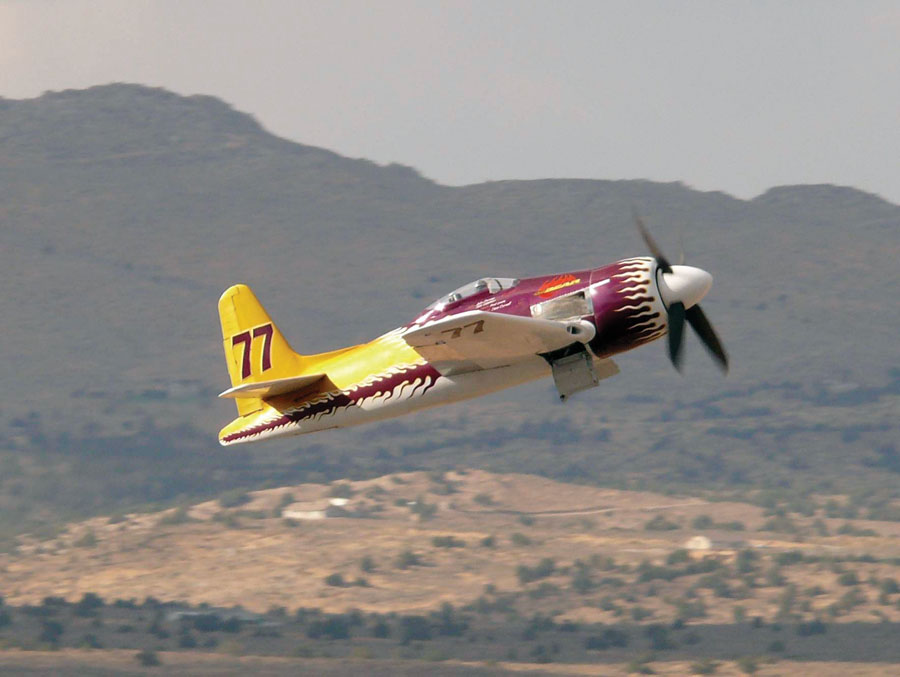
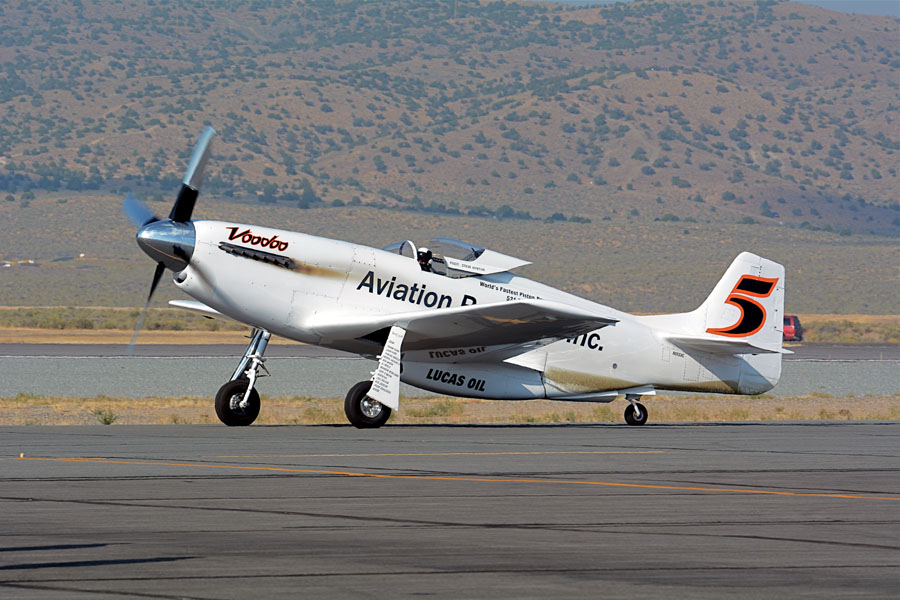


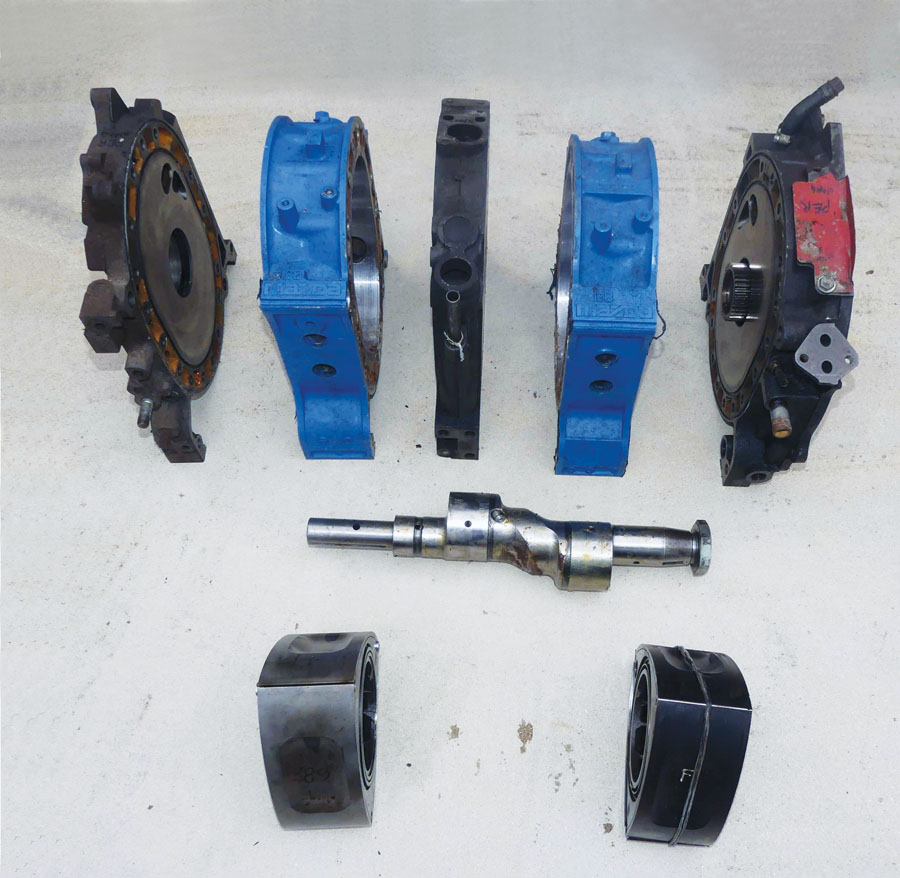
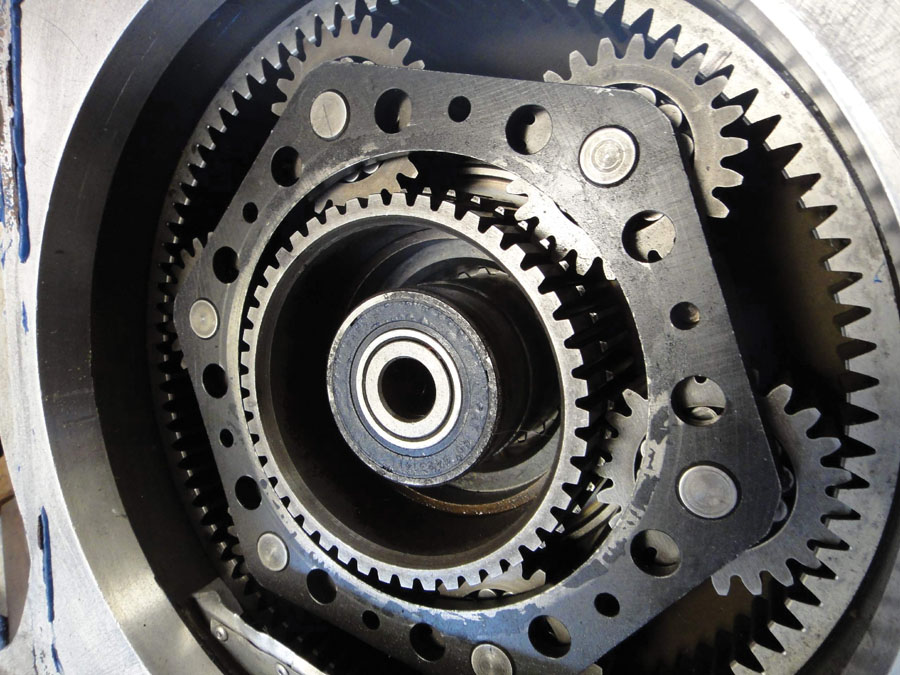
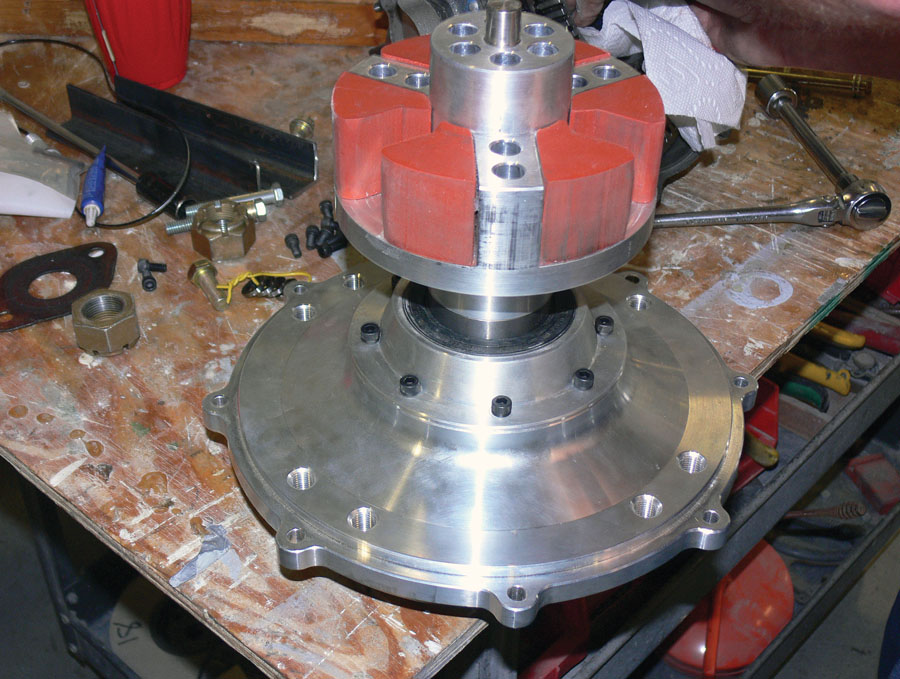
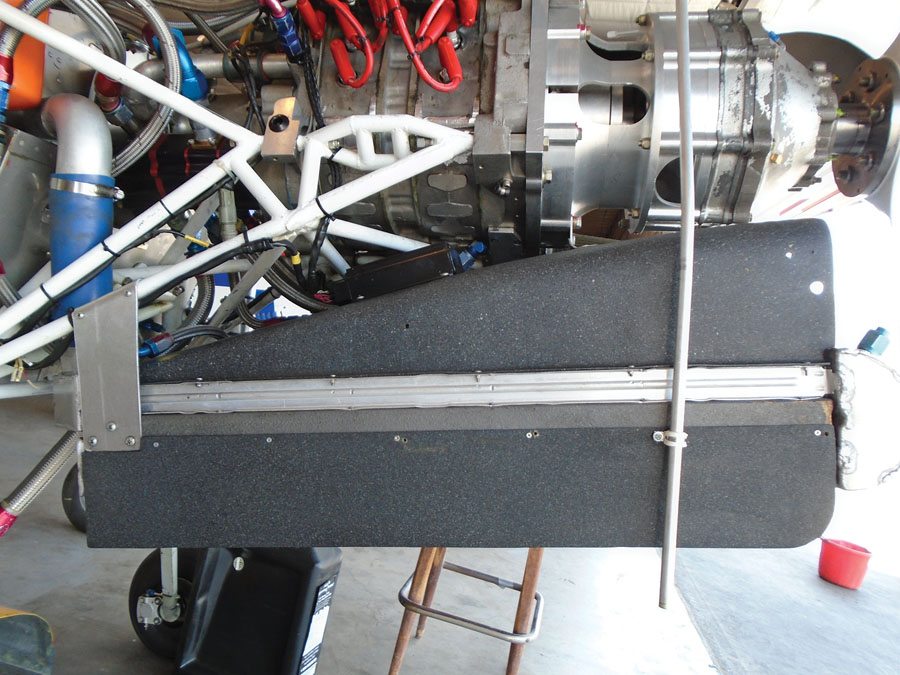
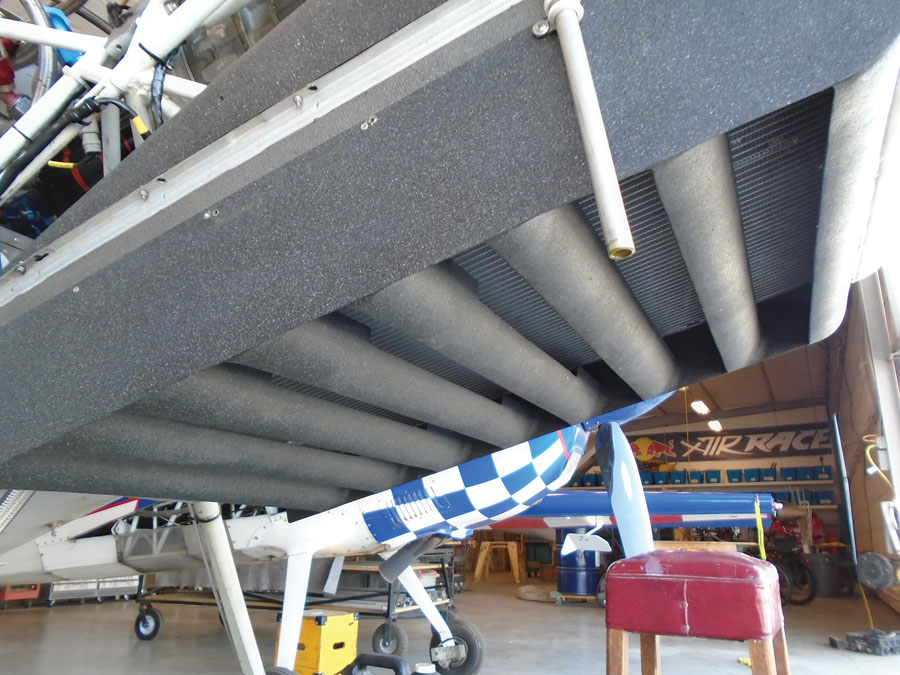


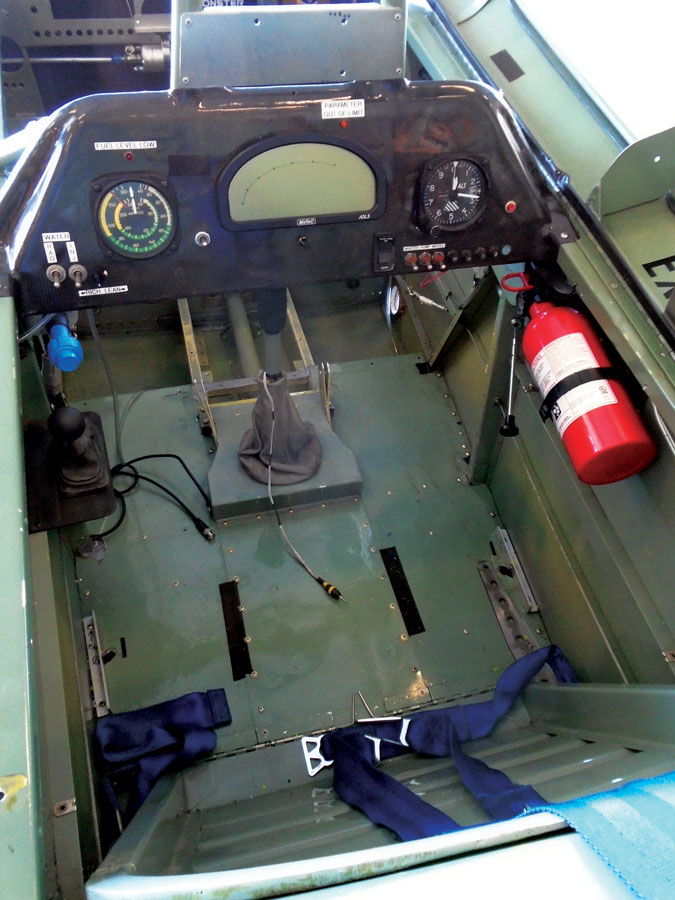
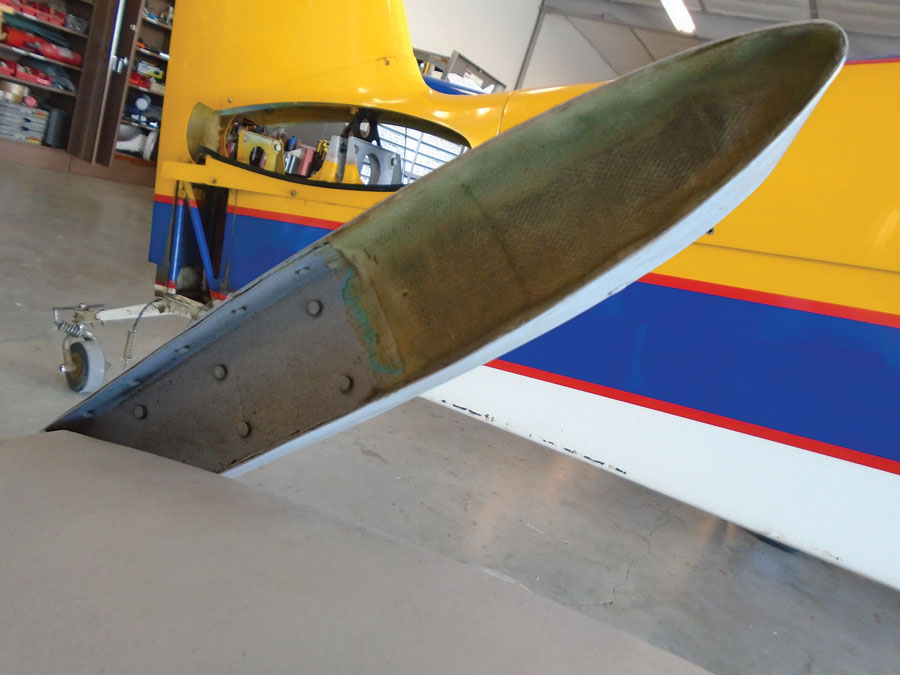
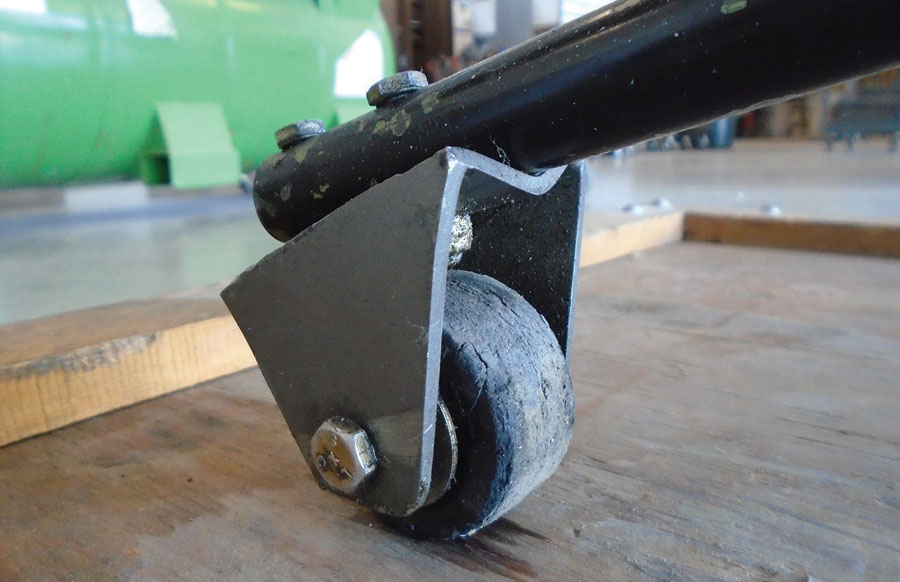

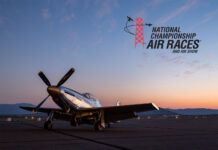
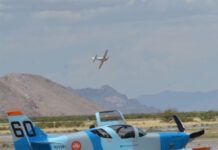
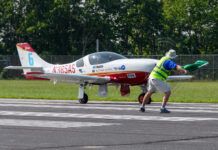
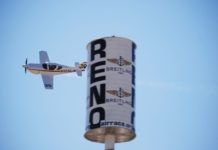
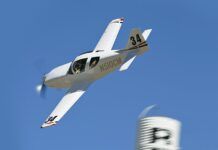
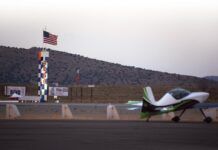
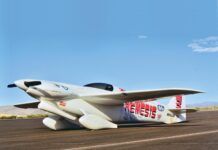
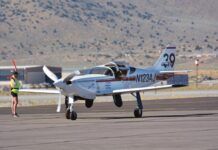
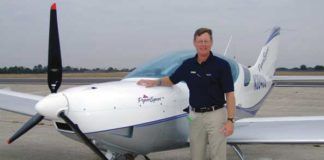
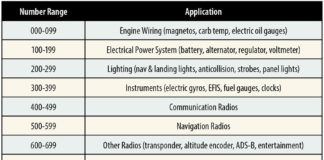
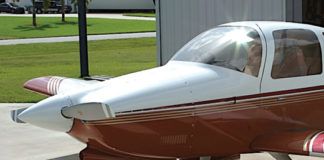

Great article. Just wondering who ” the Australian man” with the dream is ?
Very very educational
The late Alan Tolle had a Mazda powered RV-3 that was, I believe, a Tracy Crook conversion. That plane was in the Sun ‘n’ Fun time to climb contest and had the fastest time. However, the engine failed and the plane did not make it to the finals, and his fastest time was not recognized, nor published in the media. Part of his operating limitations (from the FAA) was that he had to pull the cowling and visually inspect the engine before every flight. Don’t have any more information, and I don’t know where my slides (before digital photography) are of the airplane.